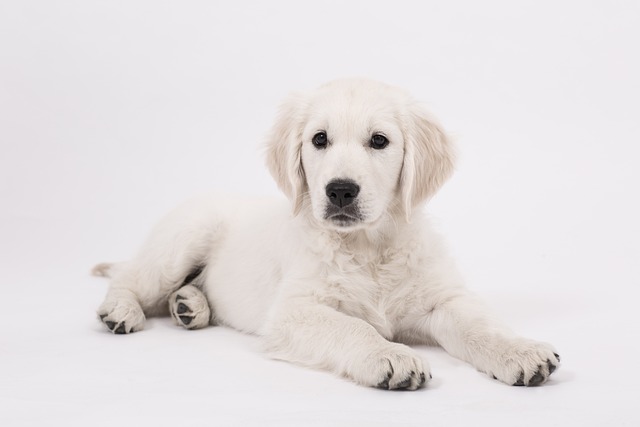
How can I tell if my dog's heatstroke is serious
Let’s be real: It’s a sticky August morning in Los Angeles, and you took your 2-year-old Golden Retriever, Max, for a walk a little later than usual
It’s a scorching afternoon in Dallas, and your golden retriever, Max, has suddenly slowed to a halt halfway through your walk around the neighborhood park. His tongue hangs so low it nearly brushes the grass, and his usual spring in his step has turned into a wobbly shuffle—you notice his ears are redder than normal, and when you touch his back, he flinches like the heat’s seeping into his skin. Overheating in dogs isn’t just uncomfortable; it’s dangerous, especially when the mercury hits 90°F and humidity clings to the air like a wet blanket. Unlike us, dogs can’t sweat through their skin—they release heat mainly by panting, and when the air’s too hot, that system clogs up, like trying to blow out a candle in a closed box. Brachycephalic breeds (think pugs or bulldogs) have it even harder, with squished snouts that make panting less effective.
The first move? Get them out of the sun now. Last month, my neighbor in Philadelphia found her beagle, Daisy, collapsed in the driveway—she scooped her up and laid her on the cool concrete of the garage floor (avoid asphalt, which holds heat like a griddle). Grab a spray bottle with lukewarm water (not cold—shocking their system can do more harm) and mist their belly, armpits, and paw pads—those are the spots where blood vessels sit close to the skin, letting heat escape faster. Offer small sips of water from your hand, not a bowl—gulping can cause vomiting. If they’re too weak to drink, dampen their gums with a wet cloth, but don’t force it.

Apartment dwellers in cities like Atlanta or Chicago need to think ahead. On days when AC struggles, keep a cooling mat by the window (the kind that stays cold without refrigeration works best) and freeze a Kong toy with broth—chewing on something cold helps lower their temp from the inside. When you head out for a walk, test the pavement with your palm: if it burns after 3 seconds, it’ll blister their paws. Stick to grassy areas in the community park, and always tuck a few poop bags in your pocket—cities like San Francisco fine $150 for leaving waste, even in a heat wave.
Remember, never drag a dog who’s slowing down. Positive reinforcement means praising them when they take a few steps, not yanking the leash—stress revs up their body temp even more. And while you’re at it, double-check their rabies vaccine is current—most public parks in Texas or New York require proof, and a quick snapshot of their records on your phone keeps you compliant. By the time the sun dips below the rooftops, Max should be stretched out on his cooling mat, tail thumping softly when you set down his water bowl. That’s the goal: staying calm, acting fast, and knowing your pup better than the heat does.

Let’s be real: It’s a sticky August morning in Los Angeles, and you took your 2-year-old Golden Retriever, Max, for a walk a little later than usual

You're enjoying a summer afternoon at the park when you notice your dog has stopped panting and appears disoriented - their gums are bright red

Let’s paint the picture: You’re in your Denver apartment, watching your 4-year-old Boston Terrier, Ruby, plop down mid-play session with her favorite toy

Many dog owners notice their pets nails seem shorter after regular walks,but how much does this daily activity actually help?The answer depends on where you walk—concrete sidewalks or asphalt streets gently file nails as a dog's paws hit the ground

Most dog owners notice their pup scooting across the carpet at some point, but few connect it to impacted anal glands. These small sacs near a dog’s rectum secrete a scent for marking territory

Most vets agree that regular dog teeth cleaning is key to avoiding painful dental issues later. For healthy adult dogs, a professional cleaning at the vet’s office every 12 to 18 months usually works well.